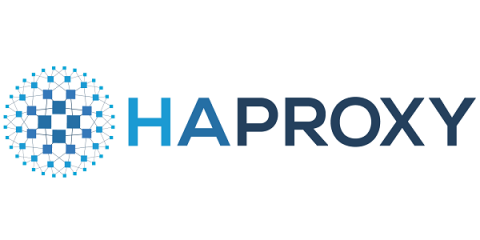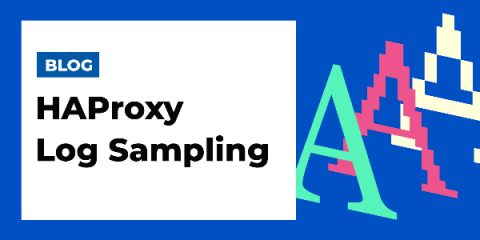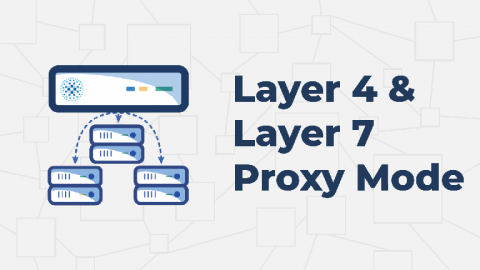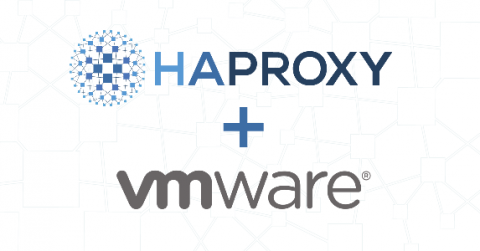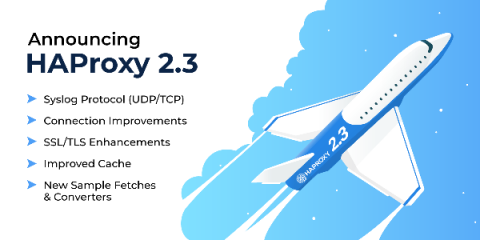Operations | Monitoring | ITSM | DevOps | Cloud
November 2020
HAProxy Log Sampling
Log Sampling is a powerful feature introduced in HAProxy 2.0 that lets you define a percentage of your logs to create a representative view of your data allowing you to minimize your costs. Log files are the key to observability. They can provide helpful information that can be used for debugging as well as analytics that can be used to understand how users interact with an application.
Layer 4 and Layer 7 Proxy Mode
HAProxy can run in two different modes: TCP or HTTP. When operating in TCP mode, we say that it acts as a layer 4 proxy. In HTTP mode, we say that it acts as a layer 7 proxy. To understand the difference, you must first learn about the Open Systems Interconnection (OSI) model, which helps IT pros conceptualize and explain where a piece of software fits in the context of a computer network.
vSphere 7 with Tanzu Integrates with HAProxy for Load Balancing Enterprise-grade Kubernetes
VMware chose HAProxy as the default load balancer for Tanzu Kubernetes clusters, which helped streamline load balancing in their Kubernetes platform. VMware has delivered vSphere 7 with Tanzu, its endeavor to embed an enterprise-grade version of Kubernetes inside vSphere, the industry-leading compute virtualization platform.
Announcing HAProxy 2.3
HAProxy 2.3 adds exciting features such as forwarding, prioritizing,and translating of messages sent over the Syslog Protocol on both UDP and TCP, Stats Contexts, SSL/TLS enhancements, an improved cache, and changes in the connection layer that lay the foundation for support for HTTP/3 / QUIC. This release was truly a community effort and could not have been made possible without all of the hard work from everyone involved in active discussions on the mailing list and the HAProxy project GitHub.


